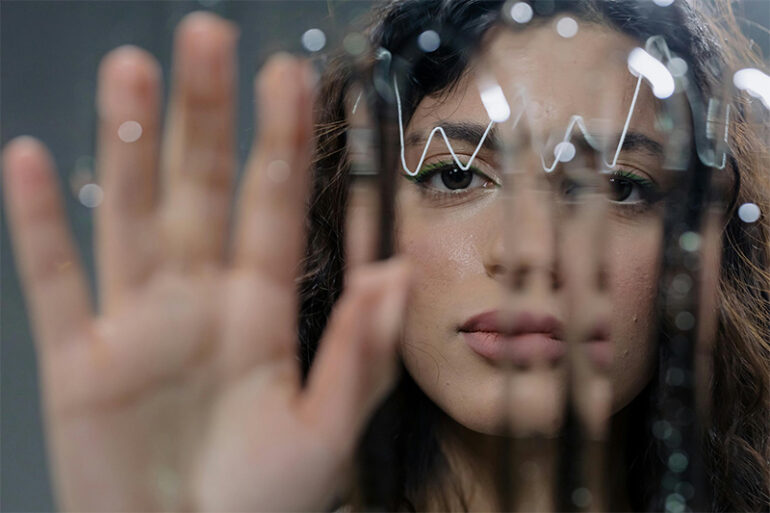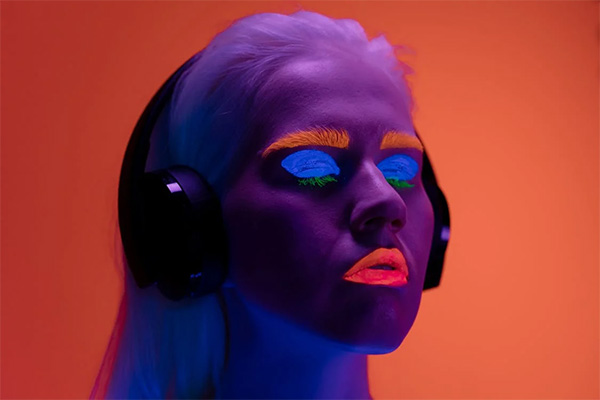A fascinating neurological phenomenon, synesthesia provides an enthralling window into the union of art and sensory experience. By use of this special sensory blending, artists are able to produce immersive works that go beyond conventional limits and entice both artists and viewers into a multisensory experience. A tapestry of sensory impressions, synesthetic art offers a deep investigation of how human experiences may be translated into visual and audio manifestations. Its colors inspire tastes and its sounds conjure sensations.
The Nature of Synesthesia
A remarkable neurological phenomenon called synesthesia offers a distinct viewpoint on how people see the world by erasing the lines between art and the senses. This sensory blending enables artists to produce works that go beyond conventional limits and evoke a multisensory experience in the audience as well as the artist. We enter a world of tastes in colors, textures in sounds, and visual landscapes in emotions via the study of synesthetic art, which adds a tapestry of sensory impressions to the creative terrain.
The Intersection of Art and the Senses
Between the domains of art and sensory perception, artistic synesthesia provides a deep investigation of how the human experience may be expressed visually and audibly. Artists who combine sensory inputs open up a world in which textures whisper stories via their colors and colors dance to the beat of music. Not only does this meeting point of art and the senses question accepted creative norms, but it also allows spectators to enter a world where noises reverberate as vivid pictures and emotions are rendered in vivid brushstrokes.
Artists Who Experience Synesthesia
Famous synesthesia sufferers provide an insight into a world in which their creative pursuits are shaped by the way their sensory experiences interact. Renowned for their colorful and expressive paintings, visionary artists like Kandinsky and Hockney credit their artistic brilliance to synesthetic experiences that provide their works a kaleidoscope of sensory feelings. These people encourage us, via their work, to experience the harmonic blending of colors, sounds, and feelings that goes beyond conventional creative expression.
Exploring Synesthetic Art Forms
Synesthetic art forms are a broad category of artistic manifestations that obfuscate the boundaries between senses. Exploring synesthesia in art opens doors to a world where the borders between the senses are fluid and interwoven, from music that creates vivid landscapes with its melodies to visual art that vibrates with beautiful hues and textures. By use of these cutting-edge art forms, both performers and spectators go on a sensory adventure that goes beyond conventional artistic norms and promotes a more profound understanding of the complexities of human perception.
Finally, the field of synesthetic art reveals an enthralling synthesis of sensory experiences that goes beyond traditional artistic bounds. Artists create a multisensory environment in which perceptions blend together naturally by balancing colors, sounds, and emotions in a harmonic way. Famous artists like Hockney and Kandinsky are prime examples of how synesthesia, a neurological condition, enhances the creative process by adding a tapestry of sensory perceptions.
Photo Attribution:
1st & featured image by https://www.pexels.com/photo/pretty-woman-touching-a-glass-panel-7859930/
2nd image by https://www.pexels.com/photo/a-woman-with-luminous-lipstick-and-eye-shadow-wearing-headphones-7858126/

